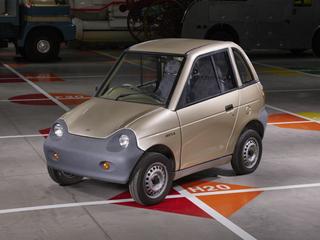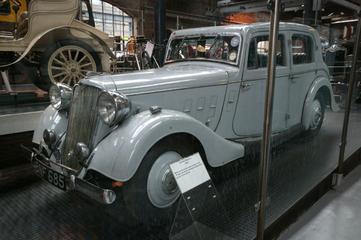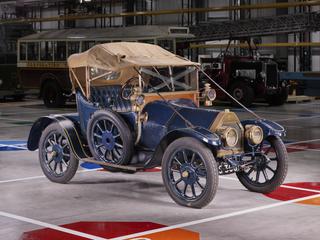
Ford Model T car
1912

1912

1989

1912

1904

1935

2001-2007

1935

1909

1979

circa 1912

1929

1929

2001-2007

1973
1956
1956
1952
1965
1975
1926
1956
1995
1952
1986
1904
1956
1956